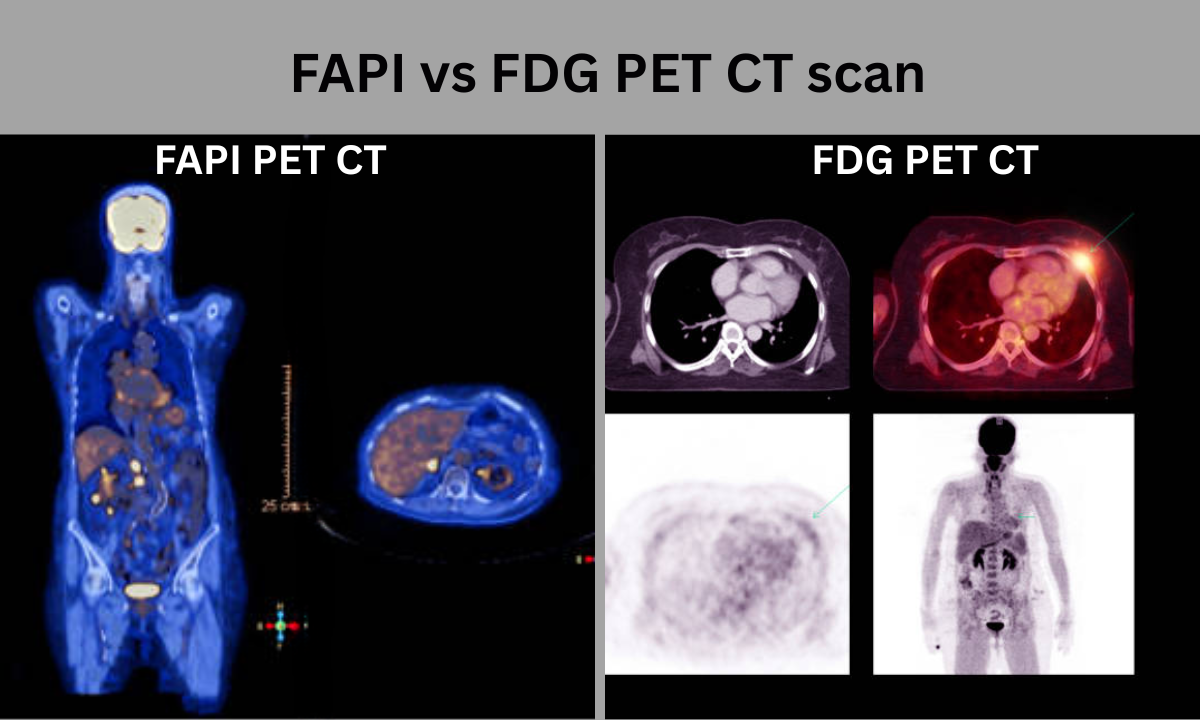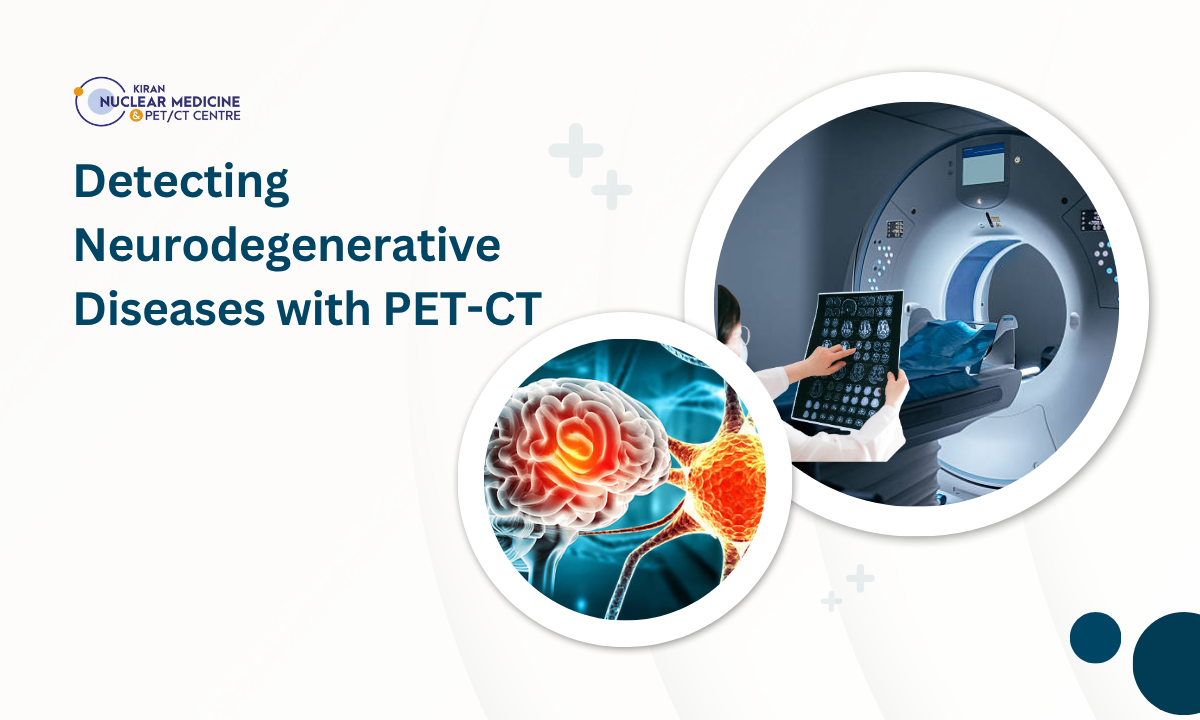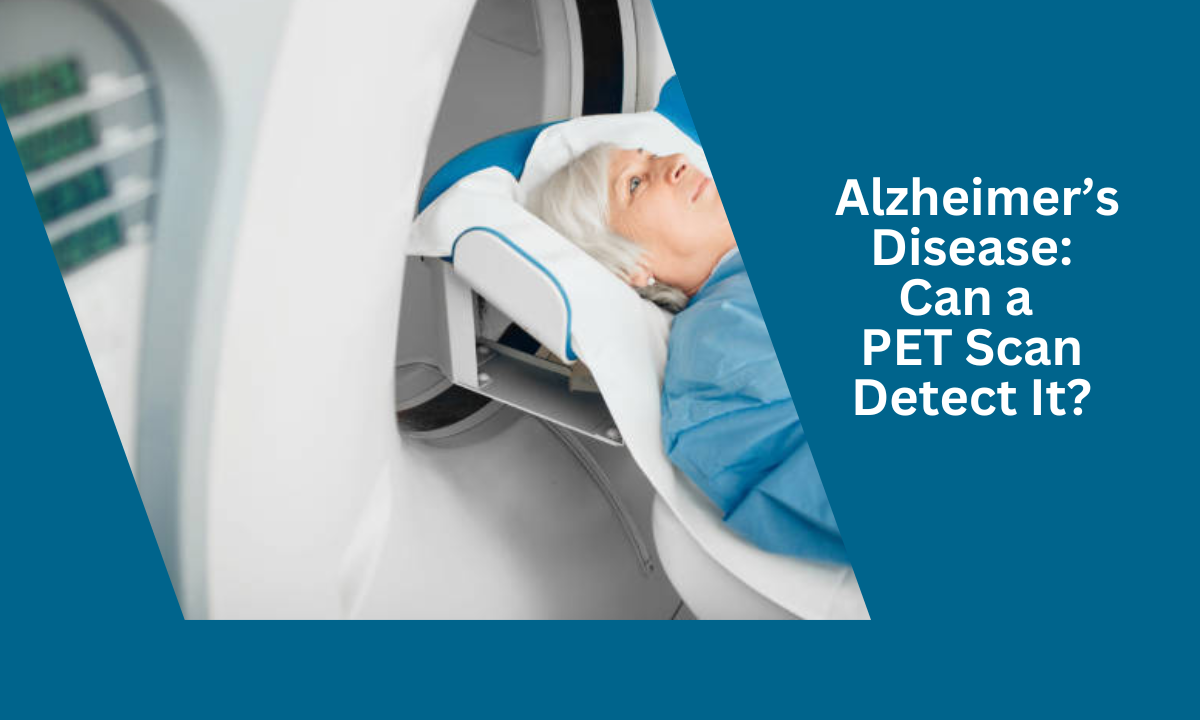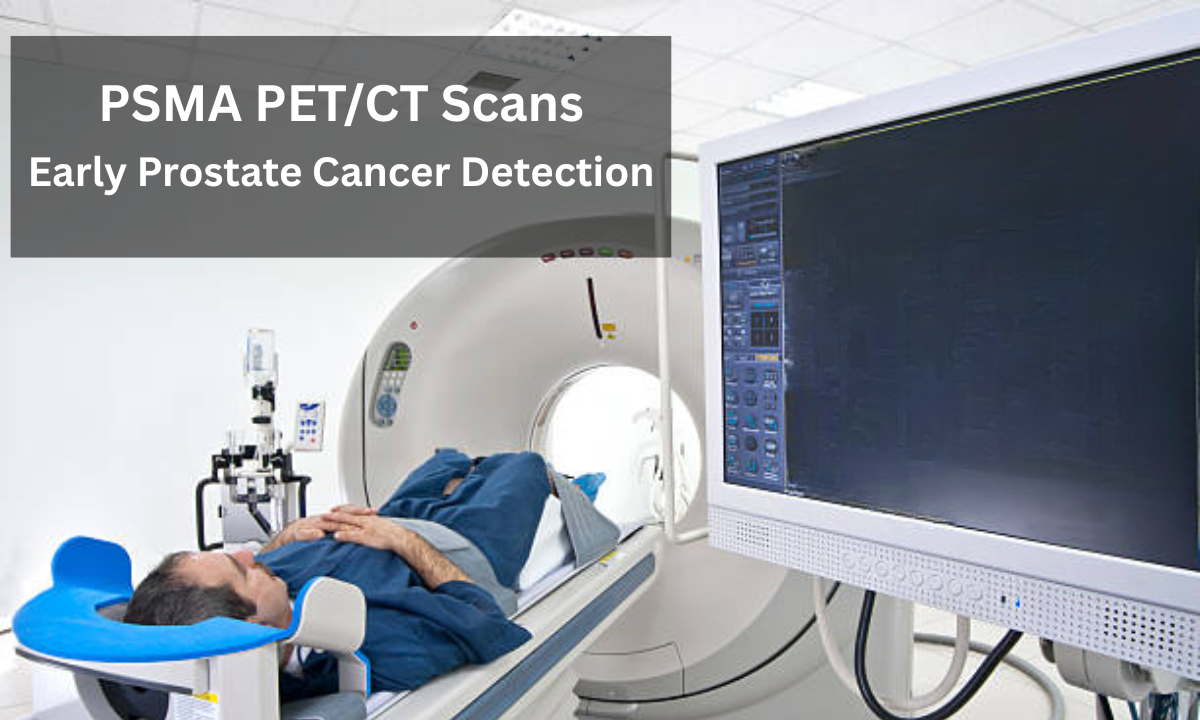In recent years, imaging technology has advanced significantly, transforming the field of oncology. These advancements have enabled better imaging for cancer diagnosis, improved staging, and timely interventions. Among the most discussed technologies in the realm of nuclear medicine for cancer detection are the FAPI PET CT scan and the FDG PET CT scan. Both methods are used to detect, evaluate, and monitor cancer, but their approach and effectiveness vary based on the cancer type, location, and biological behavior.
Understanding PET CT Scans in Cancer Diagnosis
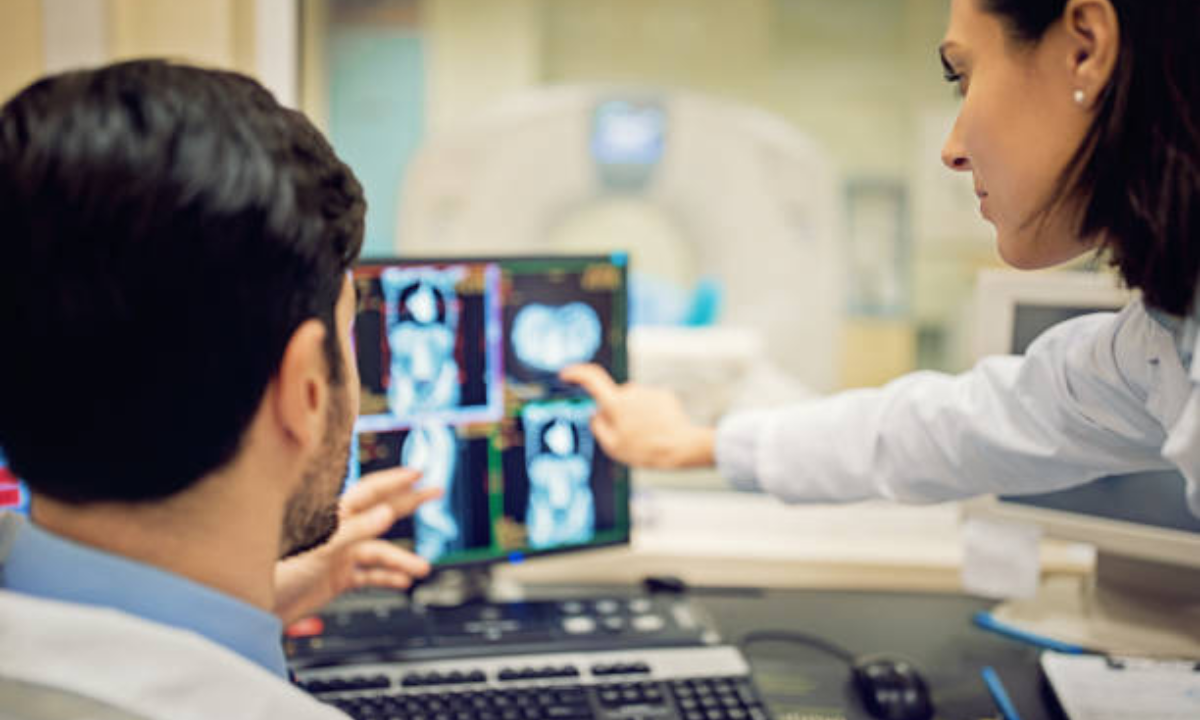
PET CT scans combine two powerful imaging techniques: Positron Emission Tomography (PET) and Computed Tomography (CT). While CT offers structural images, PET adds functional insight by detecting metabolic activity. This dual capability makes PET CT highly effective for early cancer detection, monitoring disease progression, and evaluating treatment response.
FDG PET CT scan has been the standard imaging modality for decades. It uses a radioactive glucose compound to detect areas of high metabolic activity—a characteristic of many cancer cells. However, not all cancers show up clearly with this method, leading to a need for alternatives like FAPI PET CT scan, which works differently and is now considered promising in specific cases.
How the FDG PET CT Scan Works
The FDG PET CT scan involves the injection of fluorodeoxyglucose (FDG), a radiolabeled sugar molecule. Cancer cells typically have a higher rate of glucose metabolism, so they absorb more FDG. The PET scanner detects these areas, helping clinicians locate tumors.
This method is useful for detecting a wide range of cancers, such as lymphoma, colorectal, head and neck, and lung cancers. However, it has limitations. Inflammation, infections, and benign lesions can also absorb FDG, leading to false positives. Additionally, some slow-growing tumors or low-grade cancers might not take up much FDG, which may cause false negatives.
What Is FAPI PET CT Scan?
The FAPI PET CT scan is a relatively newer method that uses a tracer targeting fibroblast activation protein (FAP), found in cancer-associated fibroblasts. These fibroblasts are part of the tumor microenvironment and are present in various cancers, including those not easily detectable with FDG.
Since FAP expression is low in normal tissues, the FAPI PET CT scan shows a clearer contrast between tumors and healthy cells, reducing background noise. This clarity is particularly beneficial in cancers of the pancreas, breast, sarcomas, and certain gastrointestinal malignancies.
Comparing Effectiveness and Limitations
While both scans serve the same core purpose, they work on different biological principles. The FDG PET CT scan measures metabolic activity, whereas the FAPI PET CT scan targets fibroblast activity in tumors.
FDG PET CT scan is more effective in cancers with high metabolic rates, but may have reduced accuracy in detecting low-grade tumors or those near metabolically active organs like the brain or bladder. In contrast, FAPI PET CT scan often provides better lesion-to-background contrast and detects certain cancers that FDG might miss.
However, FAPI is still under clinical evaluation and is not yet the universal standard for all cancers. Its availability is also more limited compared to FDG, especially outside specialized centers.
The Role of Nuclear Medicine in Early Cancer Detection
Both FAPI and FDG scans are a part of nuclear medicine for cancer detection, which focuses on identifying disease using radioactive substances. These imaging techniques offer a non-invasive, whole-body overview of the cancer spread and biological behavior.
Early cancer detection remains the most significant factor in improving patient outcomes. Whether using FDG or FAPI, PET CT scans contribute significantly to the early identification of malignancies, aiding in timely diagnosis and treatment planning.
PET CT Scan in Bangalore – Access and Advancement
With the advancement of healthcare infrastructure, access to high-quality imaging facilities has become easier in metro cities. Patients seeking a PET CT Scan in Bangalore have access to multiple centers offering both FDG and FAPI imaging under expert supervision.
Kiranpet, a leading center in the city, is known for its dedication to oncological imaging. Equipped with advanced scanners and a team of experienced nuclear medicine specialists, Kiranpet provides tailored solutions for cancer patients. Whether the requirement is for an FDG PET CT scan or FAPI PET CT scan, Kiranpet ensures accuracy, comfort, and timely reporting for all patients.
They also stay updated with emerging technologies and are among the few centers in Bangalore equipped to offer both scans, depending on clinical relevance.
Choosing Between FAPI and FDG
The decision between FAPI PET CT scan and FDG PET CT scan is clinical and case-specific. It depends on the type of cancer, its location, biological characteristics, and previous imaging results. For some cancers, FDG remains highly effective and accessible. For others, especially those with low metabolic activity or FDG limitations, FAPI may offer a superior alternative.
An oncologist or nuclear medicine specialist will assess various factors—patient history, prior scans, symptoms, and tumor type—before suggesting the most appropriate scan.
Conclusion
When it comes to imaging for cancer diagnosis, both FAPI PET CT scan and FDG PET CT scan play vital roles in the landscape of nuclear medicine for cancer detection. The choice depends on the individual case, cancer type, and clinical need.
Kiranpet stands out as a trusted provider of PET CT Scan in Bangalore, offering precision and innovation in early cancer detection.

